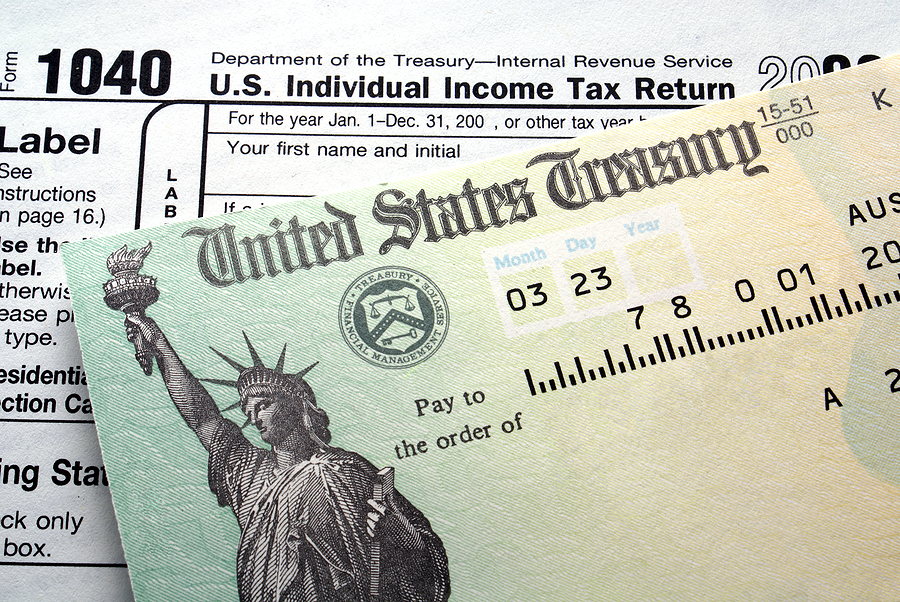Developing your tax minimization strategy is more than taking a hard look at your deductions. It requires a complete review of your total financial picture, including where and how you collect income. Some types of income enjoy significant tax advantages, from reduced rates to complete freedom from tax liability. When you partner with a Certified Tax Coach, you get the benefit of out-of-the-box thinking, which can completely transform how much you owe the IRS when you file.
The Downside of Traditional Savings and Investments
Chances are that aside from your salary or business revenue, you are generating income through your investments. If you are like most taxpayers, that means a collection of stocks, bonds, and cash that produce interest and dividends.
If you have any of the following account types, you are paying more than necessary in taxes:
- Traditional Savings Accounts
- Money Market Accounts
- Certificates of Deposit (CDs)
- Mutual Funds
- Standard Brokerage Accounts
While there is a place for these investments in your financial plan, remember that gains tend to be taxed at relatively high rates. You may be able to lower your tax bill and increase the rate at which you build wealth by shifting funds into low-tax or no-tax alternatives.
Income Alternatives with Tax Advantages
No matter what sort of investment or savings vehicle you choose, you can be sure that there is some sort of tax assessed. The trick is to generate income through methods that qualify for favorable tax treatment. This typically appears in one of two ways.
Tax-deferred income offers an opportunity to pass on paying taxes in the year the income is earned. Instead, taxes are assessed at some future point, depending on the type of income and the investment vehicle.
The best example of this is a traditional Individual Retirement Account (IRA). You make contributions to your account from your earned income up to the threshold set by the government, and that amount is deducted from your taxable income for the current period. No tax is assessed until the year in which you take distributions. For many people, this occurs after retirement, when income and tax rates are lower.
Tax-free income is truly rare, but you can pull it off under certain limited circumstances. Generally, you pay tax on the income you invest in the year you earn it, but then it grows tax-free and you owe nothing when you withdraw it. One of the best-known examples of tax-free income is the Roth IRA plan.
More Opportunities for Tax-Advantage Income
Traditional and Roth IRAs may be the best-known examples of tax-advantaged income, but they aren’t your only options. You may also wish to consider annuities, employer-sponsored retirement plans, specialized life insurance, and education savings plans. The bottom line is that getting creative with your investments and shifting your income to the right type of plan can generate impressive tax savings – and the more you save on taxes, the faster you can grow your wealth.
Learn more about moving towards tax-advantaged income in our new release, Thinking Outside the Tax Box, coming soon. Until then, visit us here for tips and tricks to minimize your tax expense.



